You feel like bodyweight training, but wonder how you can build muscles with it properly? Or do you want to start bodyweight training, but don't know which exercises are suitable for it? In this article, we'll compare the muscle-building methods of bodyweight sports with dumbbell training and show you the 10 best deadlift exercises that will help you build aesthetic muscle without hitting the weight bench!
Bodyweight training vs. dumbbell training: which is more effective?
If you want to stay physically fit, you usually have to ask yourself a very crucial question right at the start: Which type of training best suits my goals? There are a variety of different types of training, but the most popular ones at the moment can be divided into two groups: Bodyweight training and classic dumbbell training. The Bodyweight training uses - as the name suggests - your own body weight, but some exercises require specific equipment such as these rings or Parallettes are helpful.
The classic dumbbell training is what you know from the gym. Finding the right training method for you is extremely important, because it determines the way of your possible progress. Both variants - bodyweight training and dumbbell training - have both advantages and disadvantages, which we will discuss here.
Dumbbell training

We'll start with the fitness classic: the hardcore iron workout in the weight room. Everyone knows what classic bodybuilders look like: fitness freaks with steel-hard bodies, defined down to the last fiber, who attract attention in the swimming pool (not entirely unjustified). It's no coincidence that dumbbell training has paved the way for them - after all, even the ancient Greeks used additional weights to increase their jumping power, for example. Dumbbell training is quite effective and, when done correctly, can lead to an extremely fit, aesthetic body.
One advantage of dumbbell training over almost all other weight training sports is primarily the ease with which progression can be implemented. Progression is the name of the game in weight training and means that you put your muscles under ever-increasing stress, which increases your muscle strength and volume. Usually, progression in barbell training means that you increase the weight load over a period of time while maintaining the same number of repetitions. So if you bench press 40 kilos at the beginning, for example, you'll soon be able to add an extra 10 kg to the bar.It's that simple: To progress in dumbbell training, all you have to do is put a new plate on the barbell.
Another advantage: Because the weight plates are available in very small units of up to 0.5 kg, you can create a constant progress in small steps. This way you don't overextend yourself and build on a long-term and sustainable fitness strategy.
Depending on your goals, however, dumbbell training can have its drawbacks. Probably the biggest one compared to bodyweight training is: You're tied to a fixed location. Because you're dependent on the weights and machines, you have to drag yourself to the gym, day after day, summer or winter. For some this may bring stability and balance - others are afraid of the same wallpaper and wish to be outside in the sunshine most of the time. With bodyweight training you can!
Another disadvantage is that - depending on the training plan - in gyms muscles are often trained in a very isolated way. Exercises like the classic biceps curls are pure isolation exercises that only work one (and in this case, quite a small) muscle of your body. This is not wrong - but for some people it might be more effective to use complex exercises like those performed during bodyweight training.
The Bodyweight Training

Let's get to the bodyweight. What are the advantages of Bodyweight training compared to dumbbell training?
The first and for many probably most important advantage: Bodyweight training means a certain amount of freedom. After all, you usually don't need more than yourself and a bit of equipmentMost of this equipment can be found outside in nature. No wonder that bodyweight is a very popular method to stay fit, especially among travelers. Unlike dumbbell training, it can be done anytime, anywhere and people love it.
As for progression, it must be said: It's true, the gym with its weight plates offers an easy way to let progress happen constantly and step by step. But of course you can also progress with bodyweight training by varying angles, levers and speed of execution. Perhaps most importantly, every time you modify an exercise, make it heavier and more intense, you learn new skills. If you're tired of squats, you'll have to cut your teeth on single-leg squats (the Pistol Squats), which are tough, but also a fun new challenge! It also keeps your workout varied. Whereas in the dumbbell area you always train with the same exercises, the bodyweight training offers new challenges through small changes that you have to master on the way to your dream body. This in turn is good for your motivation!
This brings us to the next plus point: the complex exercise style. Isolation exercises like biceps curls are virtually non-existent in bodyweight sports. Of course, if you're looking for exercises that target as few muscle groups as possible, you'll find them here, too. As a rule, however, bodyweight is based on exercises that basically work several areas of your body at the same time. This method is highly functional, because the muscles learn to optimize their interaction, which is guaranteed to benefit you in many sports (such as climbing or martial arts)!
Build muscles like a gymnast: is it possible with bodyweight sports?

First of all: You shouldn't compare yourself to gymnasts, and certainly not to high-performance athletes. If you do, you will not only set the bar disproportionately high, but you will also quickly become frustrated. Being a gymnast means having years of intensive, extensive training behind you, which can take up to 25 hours a week for competitive athletes. If you haven't just been lying in the cradle with a barbell, then you'd better not make this comparison.
But to come back to the question: Yes, you can also build big, bulky muscles with bodyweight sports. However, it takes time and also the right equipment to be able to design a training plan in such a way that it - like dumbbell training - can be designed purely for hypertrophy (i.e. muscle growth). Bodyweight athletes therefore usually train in a higher repetition range, which also promotes muscle growth, but also strength endurance. To break it down to a minimum: Bodyweight exercises usually get you more defined than bulky. That doesn't mean you won't build muscle, just that it will grow in proportion to your strength.
If you still want to focus on pure muscle building, you'll also find it in bodyweight: Since a repetition count of 8 - 12 is ideal for the muscle growth range, jam in the next pull-ups or dips simply clamp a suitable weight plate between your legs (if you want to be more comfortable, you can also buy a cheap dip belt)! Almost all bodyweight exercises can be made more difficult with additional weights - which allows you to advance your muscle development and build muscle mass in the same way as with dumbbell training.
The Top 10 Bodyweight Exercises
If you want to train with bodyweight, you definitely can't avoid some exercises. And that's a good thing! The following exercises are very complex, which means they use many muscle groups at the same time. They are very strenuous and stimulate your fat burning and above all are highly effective. In short, these exercises should definitely be included in your training plan in one way or another. We'll show you which ones they are here:
Number 1: The classic - push-ups

Hardly any exercise is better suited to develop your chest and your triceps to get in shape. And hardly any exercise can be performed in so many different variations! You can vary the grip width as well as the height (for example with Decline Pushups), you can do them jumping for maximum strength or many in a row for speed and endurance. There are an almost infinite number of videos on the internet that explain a whole lot of different variations. Take a look and learn!
To protect your wrists with a neutral hand position and to intensify the exercise, we recommend the use of push-up grips.
Number 2: Pull-ups

You literally want a cross like an ox? Here we are! Pull-ups are the perfect exercise for your latissimus, which gives you the famous triangular back. They also train the rest of your upper back muscles, shoulders and biceps. Pull-ups come in a variety of types and difficulty levels: For example, the wider you grip, the more difficult it becomes (and the more intense the strain on your back). Looking for the right pull-up bar? At Pullup & Dip, we offer you numerous high-quality pull-up bars for home and outdoor use.
Number 3: Dips

Dips are also a fantastic way to train your chest, arms and also shoulders. The simpler Arnold Dips, where your feet are also supportive on the floor, are super for beginners. The dips on the dip bar on the other hand are more difficult and can be further intensified by adding weights to the legs.
Number 4: Burpees

The evergreen among full-body exercises. If you find it hard to break a sweat, try a round of burpees. The exercise, which combines push-ups with the stretch jump, is a real calorie burner and works virtually all muscle areas at the same time. Pretty tough, but super effective!
Number 5: Muscle Ups

If pull-ups are a touch too kindergarten for you, you can of course try your hand at the muscle ups. The pull-up, in which the entire upper body is temporarily above the bar or rings, is a real professional exercise that promotes both your arms and your back and especially the lat. Really bangs on, but it's not for beginners! You need support to learn muscle ups. Suitable for this are pull-up/resistance bands ideal, because they take weight off your body.
To our pull-up bands!
[product="P-00095"]
Want to know how to learn a muscle-up?
Feel free to watch our Youtube video about it: How-To: Muscle up- 5 Progressions To Unlock It!
Number 6: Crunches

The six pack - who does not dream of it? The abdomen is a very quickly irritated muscle, but also a highly regenerative one. Therefore, a small circuit with different exercises, each with a short break in between, is particularly suitable for the abdomen. The classic exercise here are of course crunches! Whether directed upwards or with movements to the side, crunches give your abdominal muscles something to work on and - with a correspondingly low body fat percentage - make you look like a young Hercules in the summer.
Number 7: Rowing

Extremely functional and perfect for training the upper back: rowing. Is actually called rowing, by the way, because it is very close to rowing a boat. Rowing mainly trains your lat and trapezius muscles. It's useful, for example, for climbers who have to claw their way up rock faces or for tug-of-war. If you want to climb while rowing, you can easily use gymnastic rings switch!
Number 8: Squats

Never skip leg day! Squats are one of the most important strength exercises of all. In order for the upper and lower body to always be balanced, they must be trained regularly just like the rest. Luckily, it's no magic trick: squats use virtually all of your leg muscles at the same time! But it's important that you do them correctly - otherwise you can seriously damage your body. There are plenty of videos on the Internet on the correct technique - also for the bodyweight version. Watch them and then get started!
Number 9: Lunges

Similar to squats but a completely different movement pattern: lunges. Here, it's the hip flexors, rather than the hip extensors as in the squats, that propel your body upward. Especially for the frequent exercisers among you, lunges are an efficient exercise because they promote both muscle development and joint flexibility. As resistance for the internsivierung of the exercise are suitable loop bands are ideal for this purpose.
Number 10: Leg lift

Last but not least! Leg raises are a fantastic abdominal exercise that primarily target the straight and lower abs and accordingly help you build a real six pack. They fit perfectly in a circuit with other abdominal exercises and give you the absolute rest during a power workout!
What equipment can I use to optimally perform my bodyweight exercises?
Training with bodyweight doesn't necessarily mean training completely without equipment. The right equipment helps you achieve long-term progress and gives you the opportunity to try out new exercises again and again.
So that you don't have to look for a perfectly straight branch for stable pull-ups every time, you can, for example, buy an outdoor pull-up bar outdoor pull-up bar. For dips, of course, a dip bar or even a dip belt. Who wants to do proper push-ups, which can times these Push-up grips and especially for abdominal and coordination exercises like the handstand are the Parallettes very suitable. Also useful: Rings like these for example. They are flexible and can be attached in many places - so you can easily integrate your muscle ups into the workout in the park! If you prefer to work out outdoors, an exercise mat could be a useful helper and the right bands will help you perform your exercises with optimal technique.
Are you looking for the right bodyweight accessories for your deadlift exercises?
We at Pullup & Dip offer you high-quality calisthenics accessories for indoor & outdoor.
Recommended items:
Bodyweight training without weights - 5 advantages
Bodyweight training makes you free - but also muscular?
Training with your own bodyweight - the 11 best Calisthenics exercises for beginners
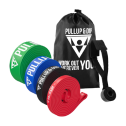
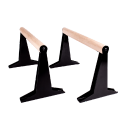
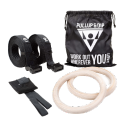



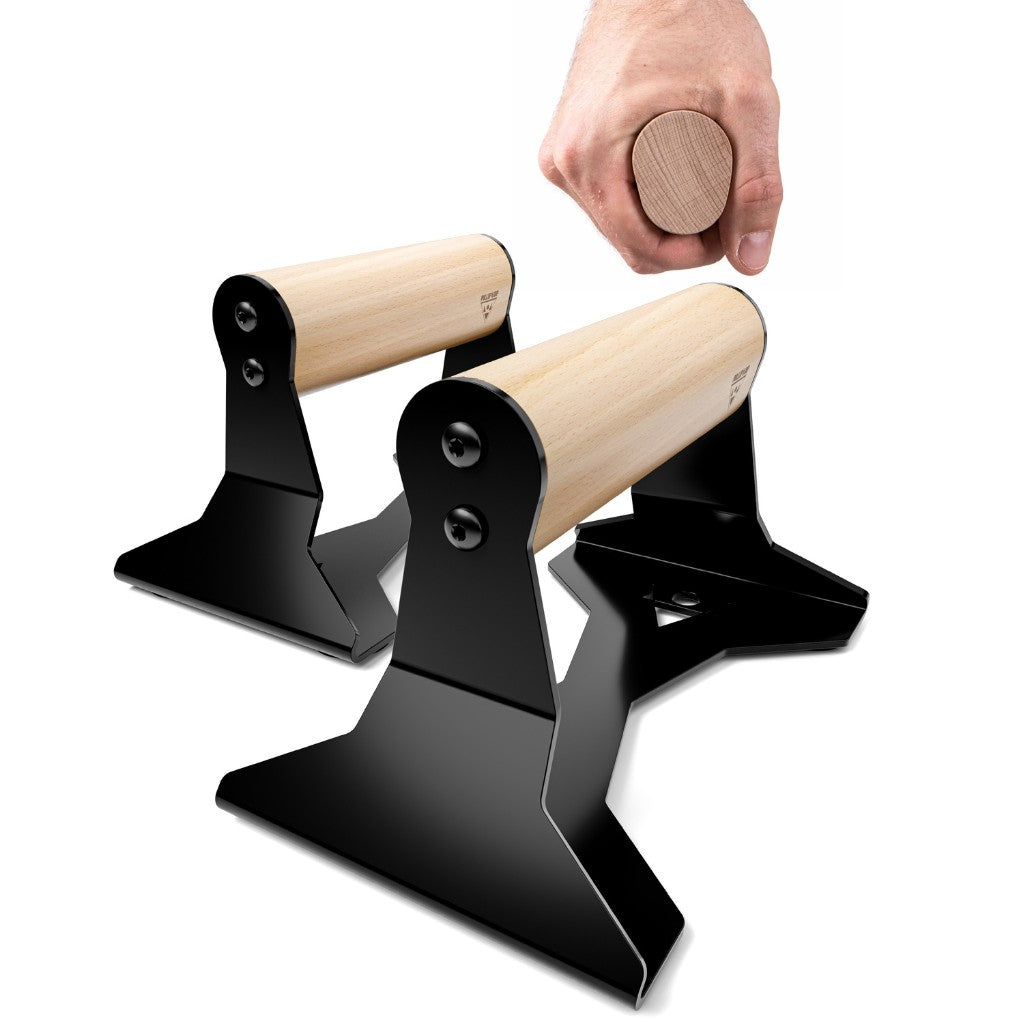
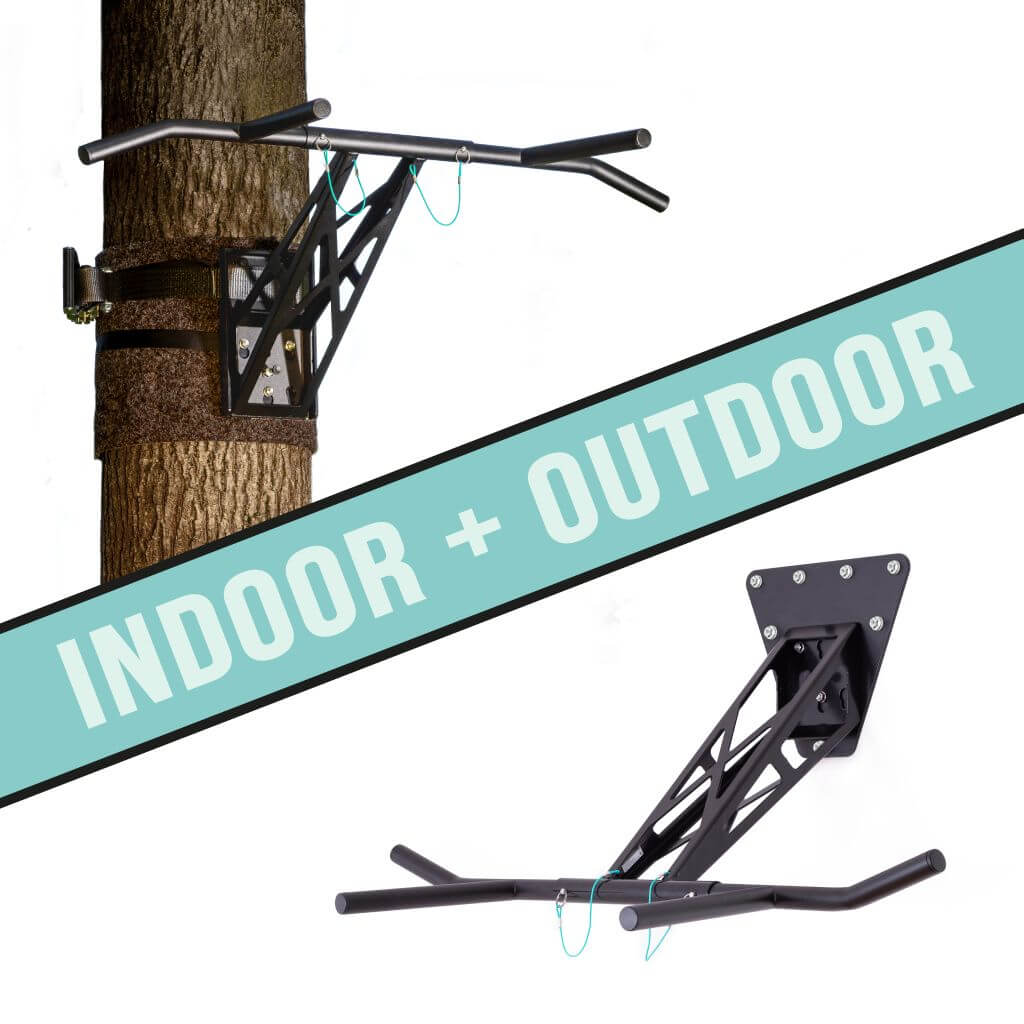
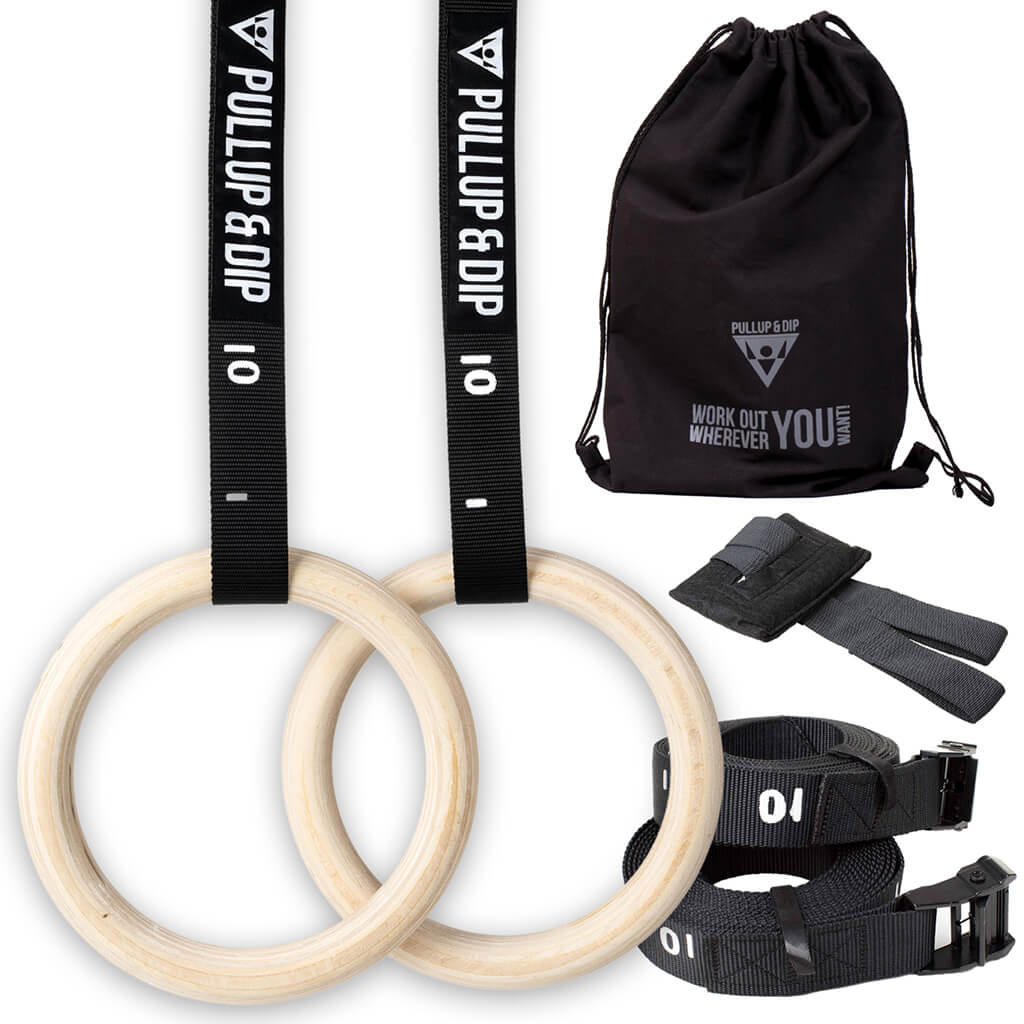
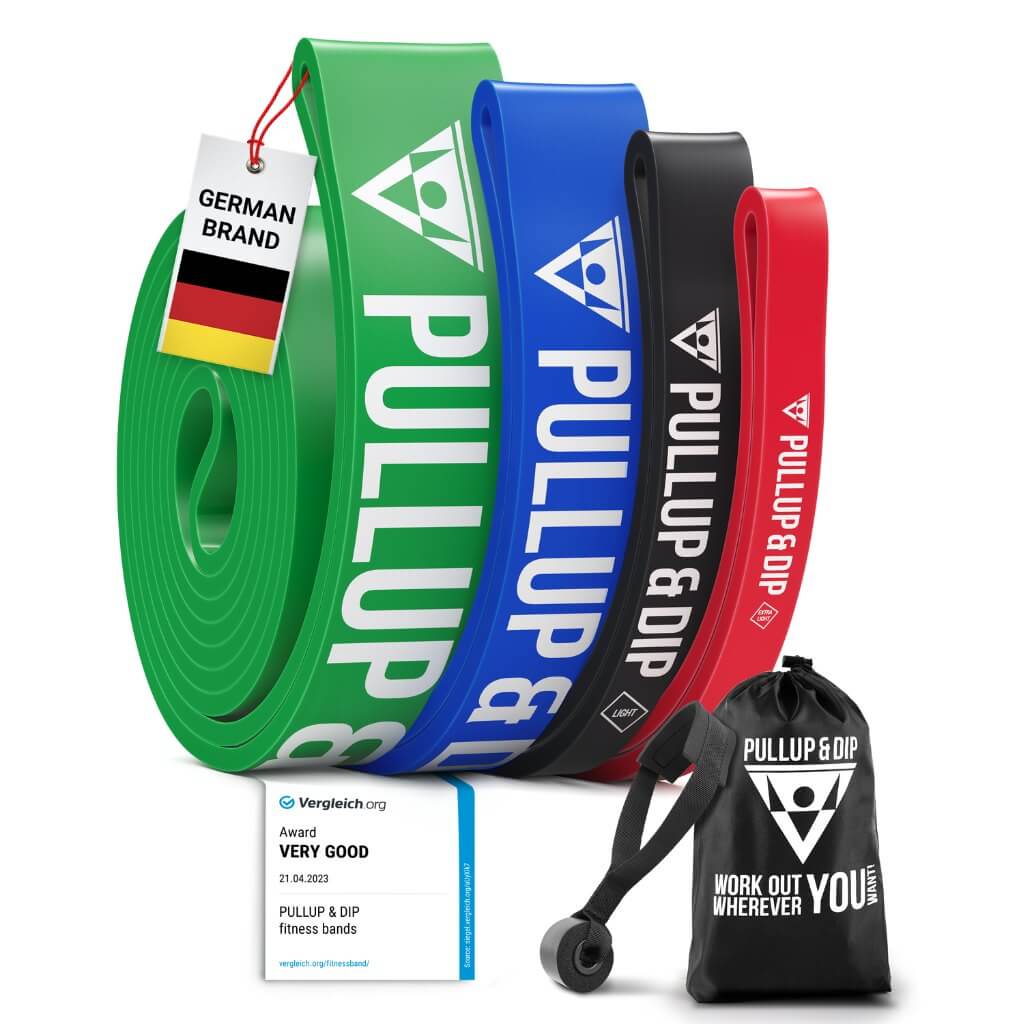
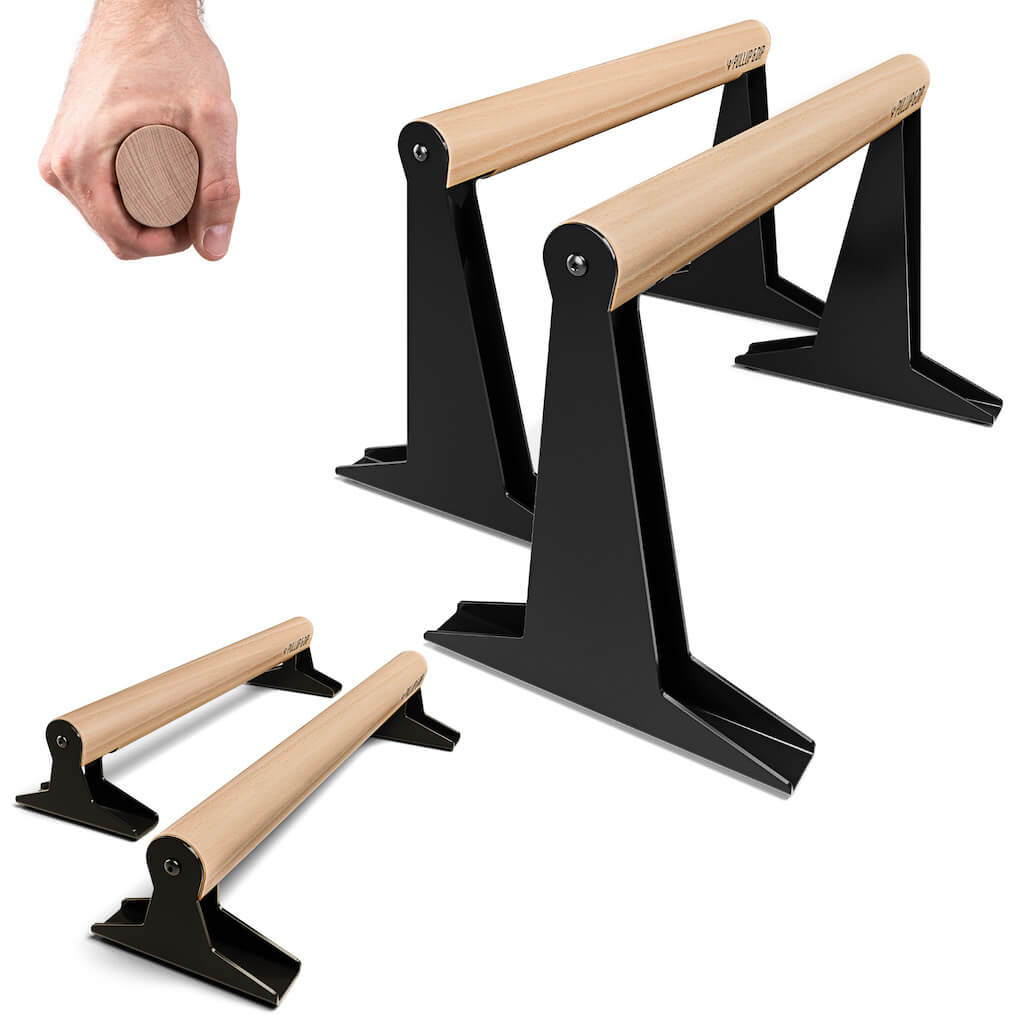
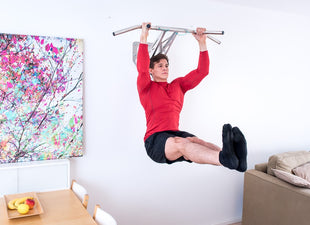
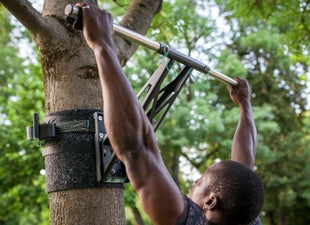
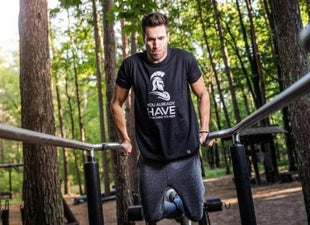
Leave a comment
All comments are moderated before being published.
This site is protected by hCaptcha and the hCaptcha Privacy Policy and Terms of Service apply.